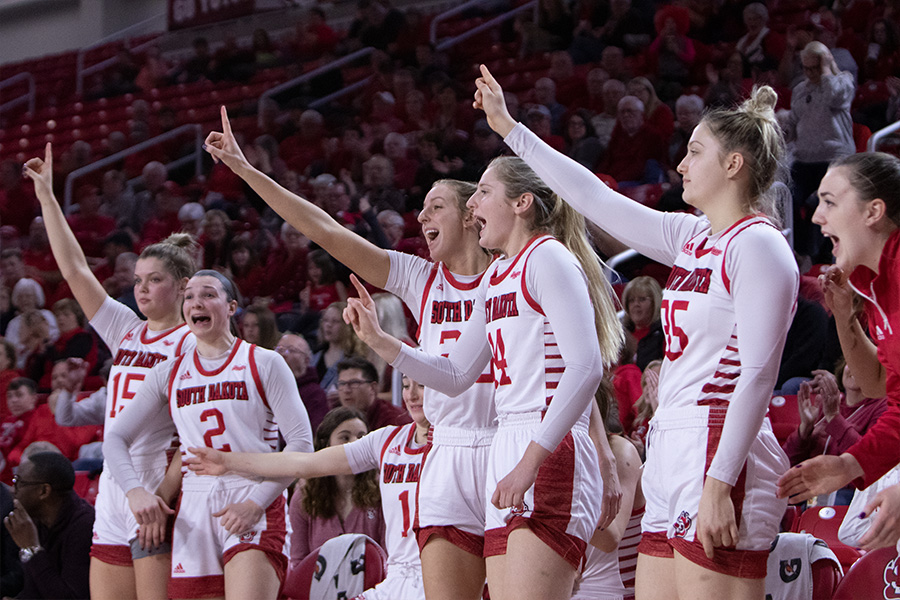South Dakota Fire Departments Face Funding, Other Challenges
SIOUX FALLS, S.D. (AP) — Fire departments in the Sioux Falls area have increasingly turned to each other for help as they confront mounting call volumes and budgetary pressures.
The mutual-aid agreements, as they’re called, allow the departments to share equipment and manpower. But, officials say, the agreements are also masking the reality that some of the volunteer departments that ring Sioux Falls face big challenges.
Volunteer firefighters must attend many more hours of training than in the past, officials say, in part because they confront new threats and new technologies. At the same time, a societal cultural shift has taken place during the past couple of decades. Volunteering for the local fire department still is viewed in some circles as the height of community service, but it competes with more complex work schedules and family obligations.
Meanwhile, the volunteer departments face imposing costs to outfit their firefighters with adequate equipment and vehicles. The departments still are heavily dependent on community fundraisers, such as pancake feeds and barbeques, in order to round out their budgets, according to an Argus Leader ( ) review of financial reports.
Earlier this year, the Brandon Volunteer Fire Department ended its annual spring dance fundraiser because of slumping attendance. The dance was replaced with a dueling piano event in May with hopes it might bring more donations to the department.
Recently, Minnehaha County Emergency Manager Lynn DeYoung was working on another mutual-aid agreement for deploying trucks in the event of a large fire. Such agreements, he said, are a best practice, but they also hide the situations facing individual departments.
“We’re finding ways to cope, but those coping mechanisms are getting harder,” DeYoung said.
It was a mutual-aid agreement that led Valley Springs Fire and Rescue to respond to a house fire in Brandon on April 12. Valley Springs firefighter Steven Ackerman died in the blaze.
“It’s hard work,” DeYoung said. “As we’ve seen, it’s dangerous.”
Of 337 fire departments in South Dakota, 326 were all volunteer, and six were a combination of paid and volunteer, according to a 2013 demographics study conducted by the South Dakota Fire Marshal’s Office. There were just under 7,900 volunteer firefighters, as opposed to 426 paid firefighters. The volunteer force had an average age of 42.3.
The landscape of volunteer departments in the state is one of haves and have-nots. Charlie Kludt, the president of the South Dakota Firefighters Association, said the lucky departments receive tax revenue, either through a direct tax district or through a levy.
“A lot of the volunteer departments in the state get the majority of their funds through their own fundraising,” Kludt said.
Two weeks ago, Kludt was in Washington, D.C., to lobby in favor of federal grant programs that help small, volunteer departments with equipment purchases. Kludt’s own department in Viborg recently purchased a brand new truck with a federal grant. Viborg kicked in a 10 percent cost share for the truck.
Without the grant programs, many departments would be out of luck, he said.
“The fire service is one of those occupations that, unless you’re involved in it, a lot of people don’t understand the funding for those departments and the expenses that go into it,” Kludt said.
Departments in Minnehaha County are among some of the luckier ones in the state when it comes to funding. The county has a specific property tax levy on property outside of Sioux Falls for fire services. This year, that levy is expected to generate $501,868.
Each of 14 departments receive a base of $5,000 from the levy, said Ken McFarland, the county’s administrative officer. The rest of the money is allocated based on a formula that includes property valuation within each district, population and square miles. This year, Brandon will receive $80,629 from the levy while Sherman will get $5,630.
“This formula, or a variation of it, has been around in our country for a long, long time,” McFarland said.
In addition to money from the county levy, the departments negotiate contracts with townships to provide services. Some also get help from city governments. Dell Rapids, for example, is budgeted to give the fire service $43,558, said Justin Weiland, the city manager. In addition, the city owns the fire house and leases it to the department at no cost.
Then there’s the annual fundraiser: Residents get a red envelope to make donations.
“Everyone seems to be generous enough for them to survive,” Weiland said.
But a review of financial reports show that many departments have needs. The Baltic Volunteer Fire Department, according to its report last year, needed money to build a wildland truck and $15,000 to replace the cement approach to the station. In Renner, the department had $7,000 set aside to pay for a $25,000 defibrillator. The department hoped to have enough money by 2016.
In Colton, the department owed more than $60,000 for one engine while also trying to plan for the replacement of another truck that was 37 years old. The department also was hoping to improve its “grain engulfment” program.
The costs to equip a firefighter for structure fires can run as high as $10,000. And some of that equipment must be replaced at least once every 10 years, Kludt said.
Recruiting new volunteer firefighters also is an issue. The South Dakota Fire Marshal’s Office began tracking numbers in 2013.
“By paying attention to these trends over time, it’s our hope that the data collected will help policymakers at the state and local level better understand the makeup of services in South Dakota, and also help fire services across South Dakota develop strategies to improve recruitment and retention of firefighters,” the office said in an emailed statement.
According to the office, recruitment and retention efforts have been hurt by time demands, increased call volumes, increased training requirements and family and work responsibilities.
Some think that a program similar to one offered to Minnesota’s volunteer firefighters could be a solution. There, participating departments can offer volunteers a pension to help them in retirement. Mark Rosenblum, the president of the Minnesota State Fire Department Association, said participants in the program are fully vested after 20 years, and it serves as a “mini retirement plan” that gives some volunteer firefighters an incentive to stay on the force.
But even that can’t fully compensate for the fact that people are busier with family and work lives. When Rosenblum started 20 years ago, crews often would hang out at fire stations and socialize. But that behavior has changed over the years.
“Now, people are in, they do the fire call, and they’re out the door as soon as the call is over,” Rosenblum said.
Back in South Dakota, it’s unclear if the model that relies so heavily statewide on unpaid volunteers will continue into the future, or if it will give way to something that will ultimately be more costly to taxpayers.
“The problem in South Dakota is we don’t like to pay,” DeYoung said. “You can’t flip enough pancakes to buy a new fire truck. Some of our political leaders need to figure that out.”
___
Information from: Argus Leader,


